
views
Using Basic YouTube Manners
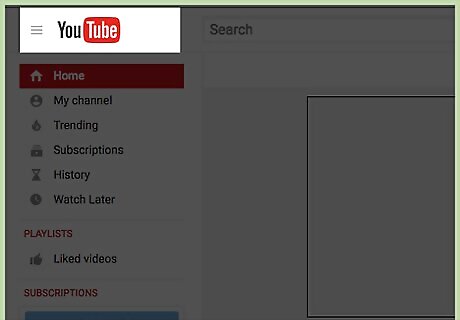
Be positive. More than anything else you can do on YouTube, maintaining a positive attitude in everything you do--from commenting to uploading--will set you apart from a large amount of YouTube users. This doesn't mean you have to pretend to be happy or enthusiastic all the time, but you should treat other users with respect and take the high road when others attempt to bring you down. Any time you make a comment or upload a video, you expose yourself to criticism. Some users will likely make rude or negative comments--if so, simply ignore them and continue your positivity.
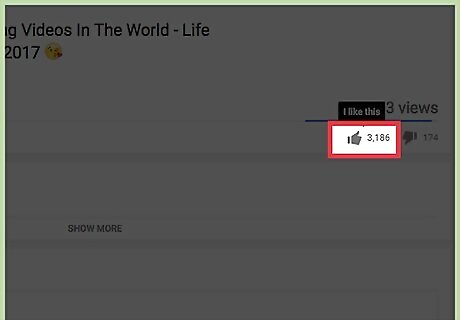
Like videos. When you legitimately enjoy a video, click the "Like" button. The "Like" button, which is shaped like a thumbs-up gesture, is usually below and to the right of the YouTube video player window. Similarly, refrain from using the "Dislike" button unless a video truly offends or hurts you or others. Video Likes are one component of the various criteria used to determine how successful a video is. By liking a video, you are helping another content creator continue to grow.

Subscribe to channels you frequently watch. If you've found that you tend to come back to a certain channel to watch or re-watch its videos, subscribing to it benefits both you--because you'll receive a notification whenever it uploads a new video--and the creator, because the number of subscriptions a channel has contributes to its perceived success. YouTube channels with enough subscriptions are sometimes nominated for awards or featured on the "Trending" page as well. Subscribing to a YouTube channel gives you the chance to be part of that channel's community.
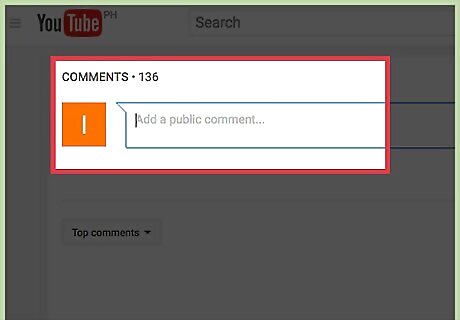
Comment on other users' videos. This is a great way to spread positivity as well as contributing feedback. For example, if you particularly enjoyed the theme of a specific video from one of your subscriptions, consider letting them know why you liked it in the comments. Remember to be constructive with your feedback. If you really didn't like a video for personal reasons, there's no need to disrespect the author or the video itself.

Refrain from leaving spam comments. Even if you don't intend for your comment to be negative, asking for people to check out your channel or lecturing other users on their spelling can be construed as spam. Remember, only comment when you have something positive and thought-provoking to add to the video discussions. Similarly, don't send messages to YouTube content creators asking for collaborations, shout-outs, subscription requests, or any other kind of favor.
Maintaining Your Channel
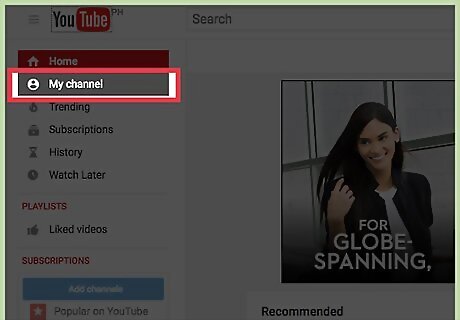
Decide on the kind of content you want on your channel. Creating a YouTube account grants you a channel, but you'll need to personalize it if you want it to appear attractive to inquisitive subscribers. Possible content you can have here includes the following: A custom banner at the top of your channel A user profile image A channel description
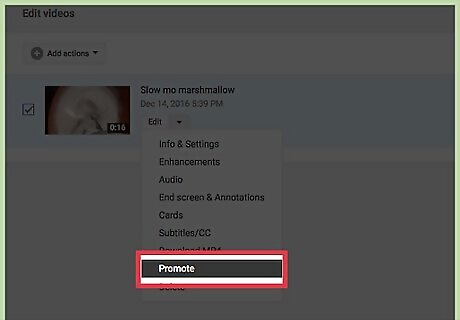
Feature a video. If you already have several videos on your channel, you can choose one to display on the front page of your channel. This should be a video that gives users an idea of the kind of content you'll be posting. For example, if you predominately post gaming videos, you'd want to feature your best gaming video here. You can also create a video specifically for the featured video slot. Be sure to keep this video around two minutes long (or less). EXPERT TIP Timothy Linetsky Timothy Linetsky Music Producer & Instructor Timothy Linetsky is a DJ, producer, YouTuber, and music educator based in San Francisco, California. He has been making music for over 15 years, and is known for his YouTube channel You Suck at Producing, in which he does music production tutorials for over 330,000 YouTube subscribers. In addition to teaching music production, he releases his own music as Underbelly. He has taught at schools such as Beat Lab Academy and Pyramind. He is also an Ableton Certified Trainer, and has worked closely with the company to produce tutorial videos and educational content. His original productions have garnered millions of plays on Spotify, and in 2020, he released his debut album Machine Yearning as Underbelly to critical acclaim. Timothy Linetsky Timothy Linetsky Music Producer & Instructor Include an invitation to subscribe to your channel. Timmy Linetsky, who runs a popular music channel on YouTube, says: "The main way to grow is to just really push people to subscribe. I didn't really really ask people to "Like, share, and subscribe," because I thought it would be obnoxious. But it turns out people do that for a reason—it works!
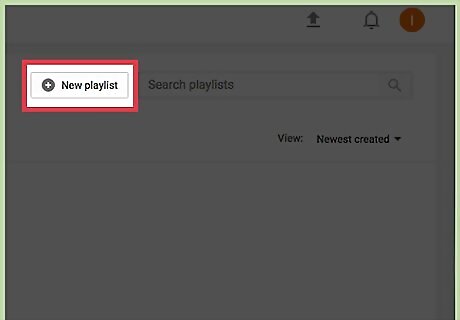
Organize your videos into playlists. You'll want to do this once you've created enough videos to warrant categorization. Playlists give new subscribers a way to view your old videos in the order in which they were posted without having to scroll all the way down to the bottom of your channel. Every video in a playlist should have a common theme with the other videos in the playlist. For example, a playlist on a gaming channel entitled "Let's Plays" would include all "Let's Play" videos on the channel. Be sure to organize your videos in reverse chronological order (e.g., oldest video first) in your playlists.
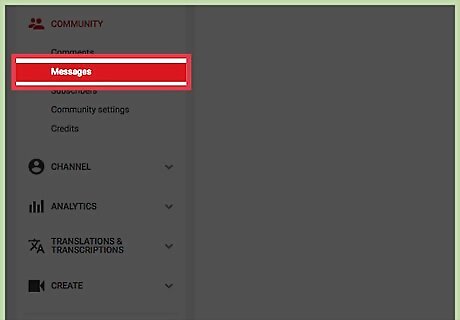
Address subscriber comments. As you start posting content, people will likely begin commenting on your videos and leaving you messages. This is a good opportunity for you to build a reputation as someone who reads user feedback and incorporates it into your creation process. Once your channel starts growing, it will become difficult to keep up with every single comment. Don't worry about talking to or looking at every user in the comments section--simply reviewing the comment section for half an hour or so should give you a good idea of what people are talking about.
Creating Your Own Videos
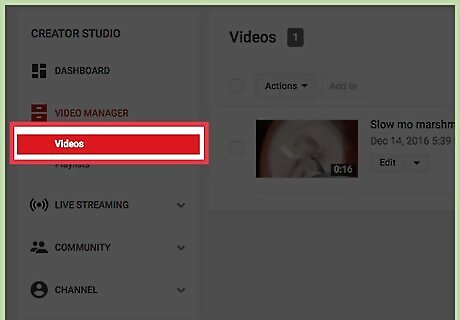
Remember who you're creating your videos for. It may be tempting to try to make a living from YouTube, but the reality of the situation is that your videos will always be more engaging if you stick to producing what you love. While certain sections of YouTube have huge amounts of content being produced each day (e.g., the gaming community and the makeup community), that shouldn't keep you from creating that kind of content if you want to.
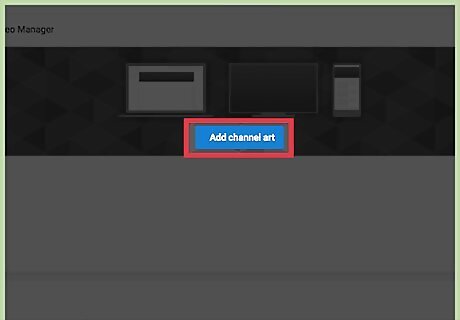
Determine your reason for posting on YouTube. If you're simply using it as a place to store the old videos in your iPhone, consider making your videos private. This way, only you will have access to them. If, on the other hand, you plan on posting your videos for a large audience, it's helpful to have an idea of your end goal. If you want to create a career on YouTube, you'll want to try to make your videos as professional-looking as possible. This will include researching your topics. If you're making a channel dedicated to your own likes and interests, you'll have a lot more creative freedom in what you post. Even so, keeping your channel focused on one category of content (e.g., gaming, news, entertainment) will make your channel look tidy. You can make a video private during the uploading process.

Come up with a plan for your video before recording. You don't need to have a theme or a 40-page screenplay to be a good YouTuber, but knowing what you want to create before you hit that "Record" button will keep your videos focused and interesting. Writing and memorizing a short script before you record might help you stay on track. Similarly, writing down the content you'd like to cover for your video will also help you stay focused. Your video plan should line up with your reason for posting on YouTube. For example, if your reason for posting on YouTube is to provide users with well-researched news, your video plan should focus on that topic exclusively.
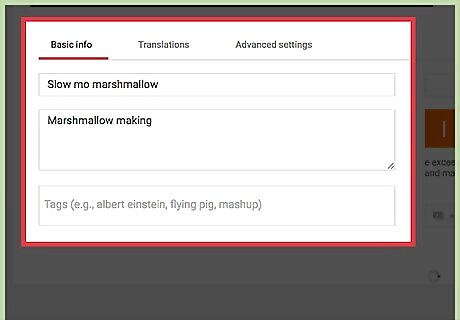
Familiarize yourself with metadata. Metadata is any non-video aspect of your video production. It includes the following components: Video Title - This should be an eye-grabbing, concise title (e.g., "Election Results & What's Next"). Video Description - Cover the basics of what's going into the video. If you state facts, cite your sources here. You can also add timestamps that serve as a table of contents for your video so users can quickly jump to a specific in-video topic. Video Thumbnail - This is a picture that sums up the content of the video. Try to keep the general appearance of your thumbnail consistent between videos. Video Tags - These are keywords that help categorize your video. For more reference on what to use as your video tags, look at other users' videos in the same category to see which tags they're using.
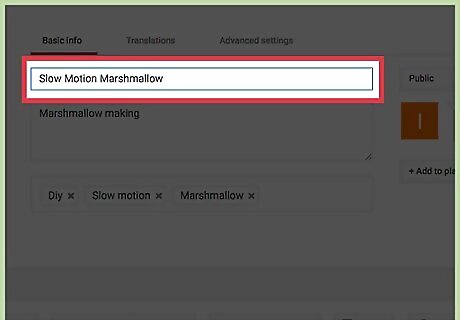
Use proper spelling and capitalization in your video titles. Simply observing good grammar and formatting will make your videos appear professional. This also applies to YouTube video descriptions, in which you'll also need to use proper punctuation.
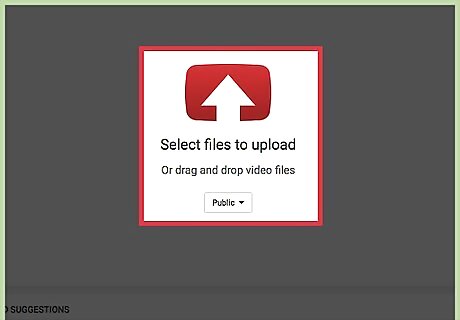
Post consistently. Especially once you have subscribers looking forward to your content, you'll want to upload at around the same time each week (or each day, etc.).
















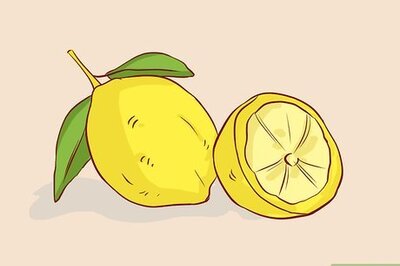

Comments
0 comment